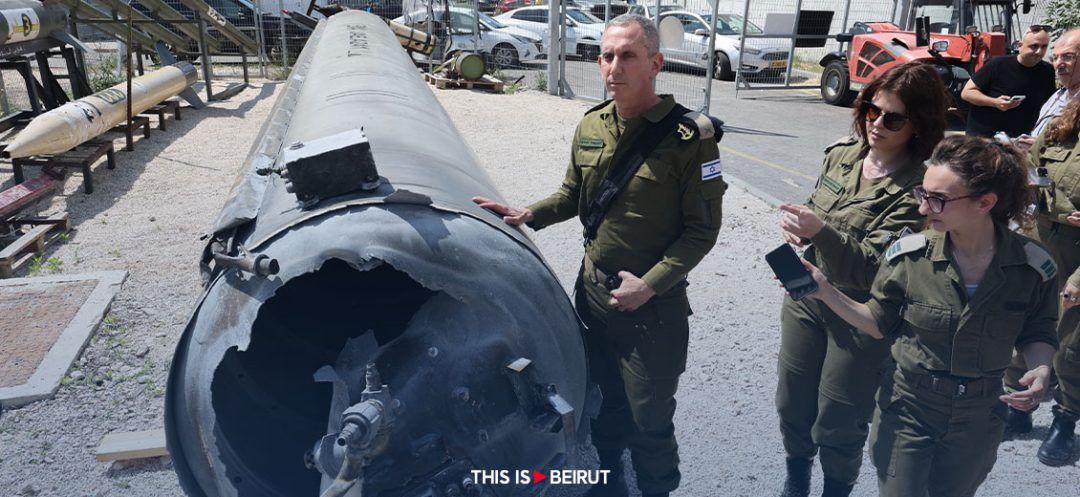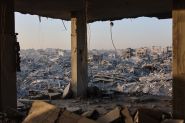- Home
- Arab World
- Editorial—Saturday Night’s Attack: What's at Stake for the Pasdaran?

It started with a small-scale war of attrition through its proxies and ended with a direct confrontation... The massive attack, using drones and missiles, launched Saturday night by the Pasdaran from Iranian territory against Israel has unmistakably plunged the Middle East into a new phase. It is still too early to gauge the full consequences and strategic significance of this attack.
Until then, some facts regarding Saturday's vast operation deserve a closer focus due to their significant political implications. Notably, according to Israeli sources, it's the type and sheer volume of projectiles launched that stand out: 185 drones, 110 ballistic missiles and 36 cruise missiles. With air defenses (American, British, French, Jordanian and, of course, Israeli) already on alert, the attack was effectively disclosed well before it happened. As such, these air defenses managed to intercept and destroy all 185 drones before they reached Israeli airspace. This task was made even easier by the fact that these drones were extremely slow: it took them several hours to reach their target! The way they were neutralized was on par with old-style video games...
As for the missiles, only seven out of the 146 managed to circumvent the defense system. Furthermore, several corroborating sources indicated that they carried minimal explosive materials! These facts account for the negligible impact on the ground given the extensive scale of the operation: only one casualty—a young Arab girl—and minimal material damage inflicted to an airbase in the Negev region of southern Israel.
For the sake of comparison, during the Gulf War in 1991, Saddam Hussein's regime bombarded Israel with Scud missiles, resulting in two deaths, over 220 injuries and extensive damage to 1,300 houses, 6,100 apartments, around 20 public buildings, 200 stores and approximately 50 cars. This significant toll can be attributed, in part, to the absence at that time of a high-performing defense system such as the one used on Saturday night. The striking contrast between the Pasdaran’s impressive arsenal and the minimal impact it had on the ground may also be attributed to the regime's geopolitical ambitions, transcending mere military objectives. By framing their actions as retaliation for a recent airstrike targeting their consulate in Damascus, which resulted in the death of a high-ranking Pasdaran official, the Iranian regime seemed to aim for a calculated, direct confrontation with Israel. However, their aim wasn't solely about "liberating Jerusalem" (a misleading ploy) but rather about cementing their position among the key regional powers, while carefully avoiding a large-scale confrontation with Tel Aviv.
At this point, it looks like Iran has achieved its objective, following the offensive initiated by Hamas on October 7. However, Israel's response to "Saturday night's attack" suggests that the matter is far from settled. Israel's potential retaliation will most likely aim to curb the Pasdaran’s ambitions and expansionist tendencies, thereby avoiding a repeat of October 7 in the foreseeable future. The looming threat may push the Netanyahu administration to launch a comprehensive offensive aimed at permanently neutralizing the Arab proxies of the Iranian Revolutionary Guard, by mostly targeting Hezbollah and whatever is left of Hamas.
The Israeli counterattack could go two ways: symbolic precision strikes against specific targets in Iran, or a more radical response including offensives aimed at depriving the Pasdaran of their strongholds along Israel's northern and southern borders, alongside the Golan Heights. The ultimate goal would be to stop the far-reaching Iranian campaign of destabilization and destruction that has afflicted many Middle Eastern countries for years.
Read more





Comments